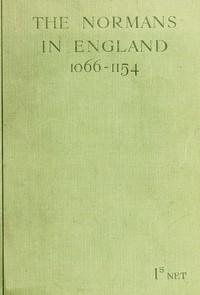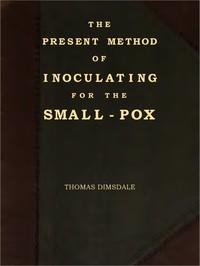Read this ebook for free! No credit card needed, absolutely nothing to pay.
Words: 16187 in 6 pages
This is an ebook sharing website. You can read the uploaded ebooks for free here. No credit cards needed, nothing to pay. If you want to own a digital copy of the ebook, or want to read offline with your favorite ebook-reader, then you can choose to buy and download the ebook.
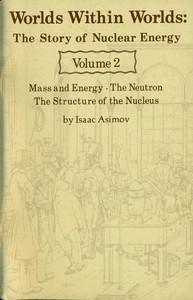

: Worlds Within Worlds: The Story of Nuclear Energy Volume 2 (of 3) Mass and Energy; The Neutron; The Structure of the Nucleus by Asimov Isaac - Nuclear energy Popular works
VOLUME 1 Introduction 5 Atomic Weights 6 Electricity 11 Units of Electricity 11 Cathode Rays 13 Radioactivity 17 The Structure of the Atom 25 Atomic Numbers 30 Isotopes 35 Energy 47 The Law of Conservation of Energy 47 Chemical Energy 50 Electrons and Energy 54 The Energy of the Sun 55 The Energy of Radioactivity 57
VOLUME 2 Mass and Energy 69 The Structure of the Nucleus 75 The Proton 75 The Proton-Electron Theory 76 Protons in Nuclei 80 Nuclear Bombardment 82 Particle Accelerators 86 The Neutron 92 Nuclear Spin 92 Discovery of the Neutron 95 The Proton-Neutron Theory 98 The Nuclear Interaction 101 Neutron Bombardment 107
VOLUME 3 Nuclear Fission 117 New Elements 117 The Discovery of Fission 122 The Nuclear Chain Reaction 127 The Nuclear Bomb 131 Nuclear Reactors 141 Nuclear Fusion 147 The Energy of the Sun 147 Thermonuclear Bombs 149 Controlled Fusion 151 Beyond Fusion 159 Antimatter 159 The Unknown 164 Reading List 166
MASS AND ENERGY
In 1900 it began to dawn on physicists that there was a vast store of energy within the atom; a store no one earlier had imagined existed. The sheer size of the energy store in the atom--millions of times that known to exist in the form of chemical energy--seemed unbelievable at first. Yet that size quickly came to make sense as a result of a line of research that seemed, at the beginning, to have nothing to do with energy.
Suppose a ball were thrown forward at a velocity of 20 kilometers per hour by a man on top of a flatcar that is moving forward at 20 kilometers an hour. To someone watching from the roadside the ball would appear to be travelling at 40 kilometers an hour. The velocity of the thrower is added to the velocity of the ball.
If the ball were thrown forward at 20 kilometers an hour by a man on top of a flatcar that is moving backward at 20 kilometers an hour, then the ball would seem to be not moving at all after it left the hand of the thrower. It would just drop to the ground.
There seemed no reason in the 19th century to suppose that light didn't behave in the same fashion. It was known to travel at the enormous speed of just a trifle under 300,000 kilometers per second, while earth moved in its orbit about the sun at a speed of about 30 kilometers per second. Surely if a beam of light beginning at some earth-bound source shone in the direction of earth's travel, it ought to move at a speed of 300,030 kilometers per second. If it shone in the opposite direction, against earth's motion, it ought to move at a speed of 299,970 kilometers per second.
Could such a small difference in an enormous speed be detected?
The German-American physicist Albert Abraham Michelson had invented a delicate instrument, the interferometer, that could compare the velocities of different beams of light with great precision. In 1887 he and a co-worker, the American chemist Edward Williams Morley , tried to measure the comparative speeds of light, using beams headed in different directions. Some of this work was performed at the U. S. Naval Academy and some at the Case Institute.
The results of the Michelson-Morley experiment were unexpected. It showed no difference in the measured speed of light. No matter what the direction of the beam--whether it went in the direction of the earth's movement, or against it, or at any angle to it--the speed of light always appeared to be exactly the same.
To explain this, the German-Swiss-American scientist Albert Einstein advanced his "special theory of relativity" in 1905. According to Einstein's view, speeds could not merely be added. A ball thrown forward at 20 kilometers an hour by a man moving at 20 kilometers an hour in the same direction would not seem to be going 40 kilometers an hour to an observer at the roadside. It would seem to be going very slightly less than 40 kilometers an hour; so slightly less that the difference couldn't be measured.
Free books android app tbrJar TBR JAR Read Free books online gutenberg
More posts by @FreeBooks

: Animal Life and Intelligence by Morgan C Lloyd Conwy Lloyd - Biology; Psychology Comparative; Evolution; Animal intelligence
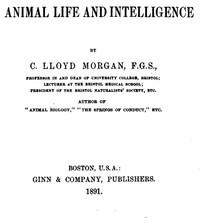

: A Tour Up the Straits from Gibraltar to Constantinople With the Leading Events in the Present War Between the Austrians Russians and the Turks to the Commencement of the Year 1789 by Sutherland David Captain - Mediterranean Region Description and travel;
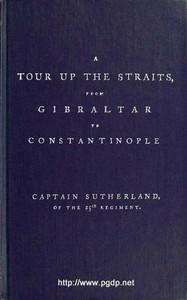

: The Normans in England (1066-1154) by Bland Alfred Edward Compiler Bell Kenneth Kenneth Norman Editor Winbolt S E Samuel Edward Editor - Normans England; Great Britain History Norman period 1066-1154 Sources
